Dubai’s Expanding Restaurant Industry Faces Rising Costs and Increasing Closures
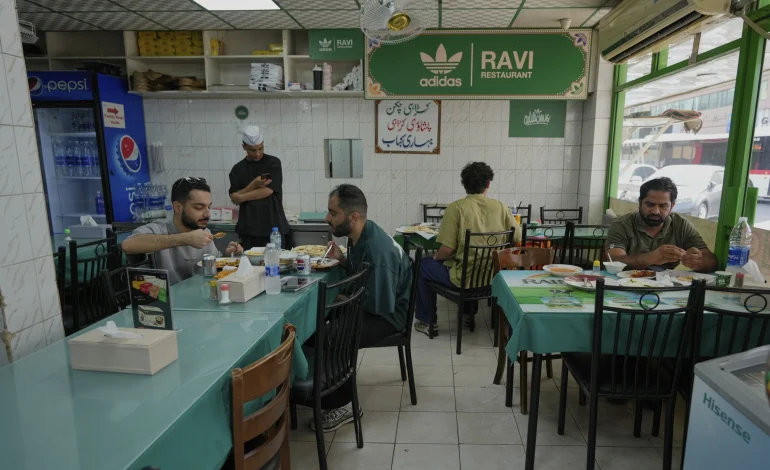
Dubai’s restaurant scene is renowned for its extravagance, from underwater lounges to rooftop dining suspended in midair, the Associated Press reports.
With more than 13,000 food and beverage establishments, the city caters to a wide range of tastes and budgets—serving everything from inexpensive biryani to luxury dishes garnished with edible gold.
However, behind the glamour, the sector is beginning to show signs of strain. While Dubai continues to outperform regional competitors like Saudi Arabia and Qatar in attracting tourism, rising operational costs, high rents, and fierce competition are testing the sustainability of its rapid expansion.
Dubai now boasts more restaurants per capita than any city in the world except Paris. This surge has been fueled by tourism, investor interest, and an expatriate-heavy population—nine non-citizens for every Emirati, and tourists estimated to outnumber residents five to one.
With consumers ranging from globe-trotting foodies to construction workers seeking budget-friendly meals, restaurant operators are under pressure to stand out. According to Kym Barter, general manager at Atlantis The Palm, “Gone are the days when it just tastes good.” Presentation, branding, and visibility on social media have become vital to survival in this highly competitive market.
Despite the apparent boom, industry insiders warn of financial risks beneath the surface. In popular districts like downtown Dubai, rents can exceed $100 per square foot annually, placing significant pressure on restaurant operators. Though nearly 1,200 new restaurant licenses were issued last year, the city does not publicly report closure rates—yet anecdotal evidence suggests they are high.
“Empty tables during peak hours are not uncommon,” said Waseem Abdul Hameed, operations manager at the popular Pakistani eatery Ravi.
He points to traffic congestion, delivery dependency, and tight margins as growing challenges.
Delivery services, often seen as a lifeline, also raise ethical and logistical concerns. The city’s reliance on a migrant labor force for delivery operations has come under scrutiny after 17 couriers died in traffic accidents last year, according to Khaleej Times.
The UAE’s push to diversify beyond oil has led to major tourism investment, much like Saudi Arabia’s $500 billion Neom project. But analysts warn of a potential bubble forming in Dubai’s restaurant sector. Publicly traded operators like Americana, which runs chains such as KFC and Pizza Hut, face pressure to expand regardless of local market saturation.
“Too many entrepreneurs have too much money, and they don’t know what to do besides open restaurants,” said Aaron Allen, a global restaurant consultant.
He noted that since 2009, operating expenses relative to sales have more than doubled, despite booming tourist spending.
Even with Dubai’s strategic relaxation of social norms—such as easing alcohol restrictions to support nightlife—the rapid development model is drawing questions about long-term viability.
Industry leaders such as Torsten Vildgaard, executive chef at FZN by Björn Frantzén (one of Dubai’s first three-Michelin-starred restaurants), remain optimistic about the city’s culinary future.
“We’re only seeing the tip of the iceberg,” Vildgaard said.
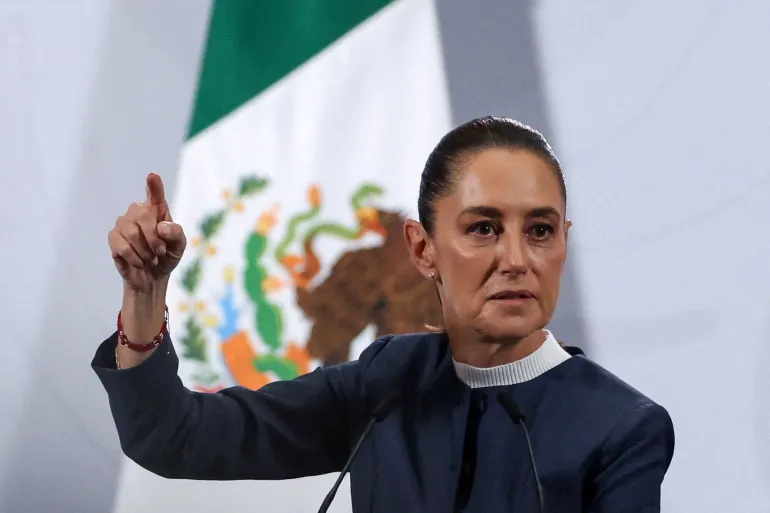

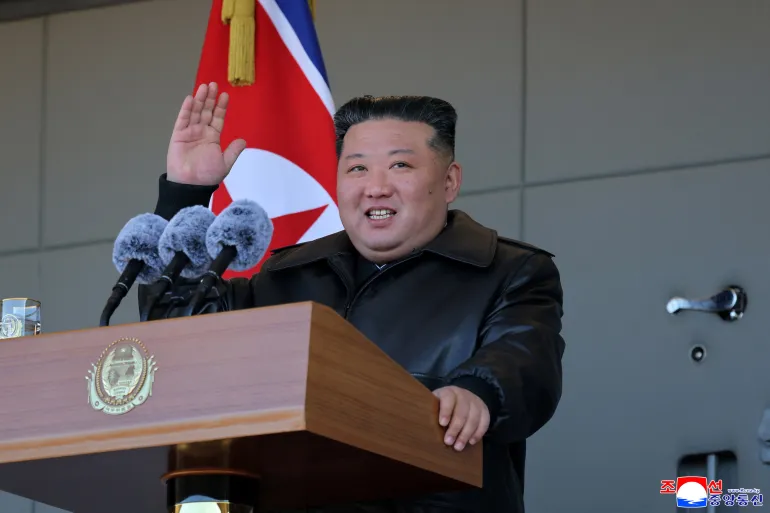
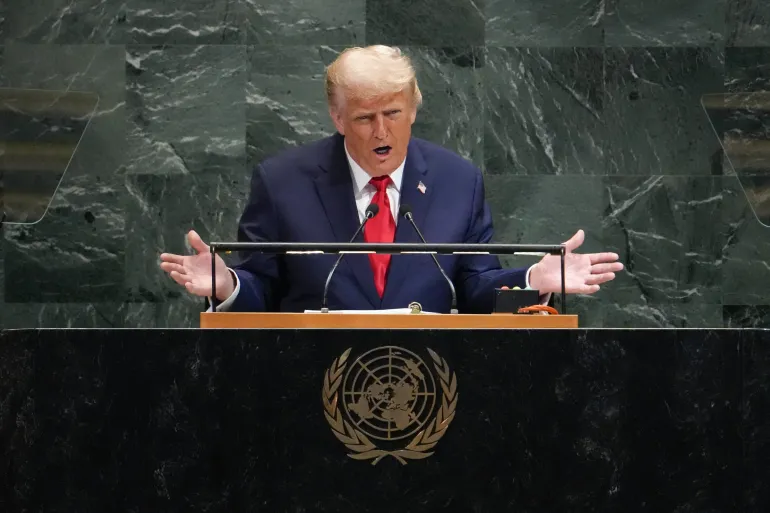
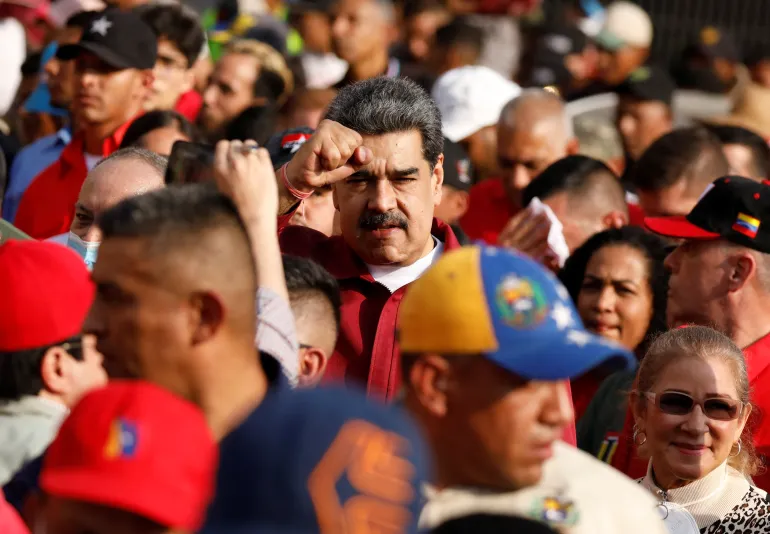




The latest news in your social feeds
Subscribe to our social media platforms to stay tuned